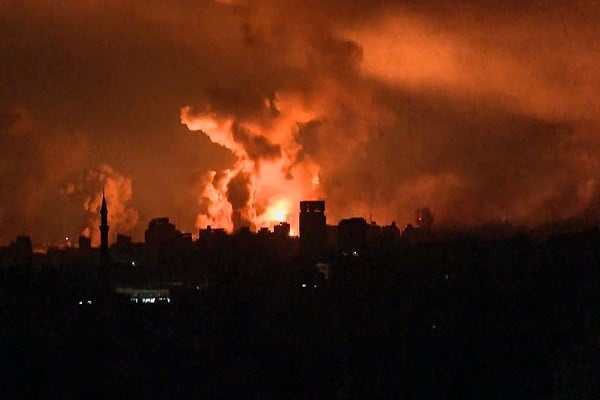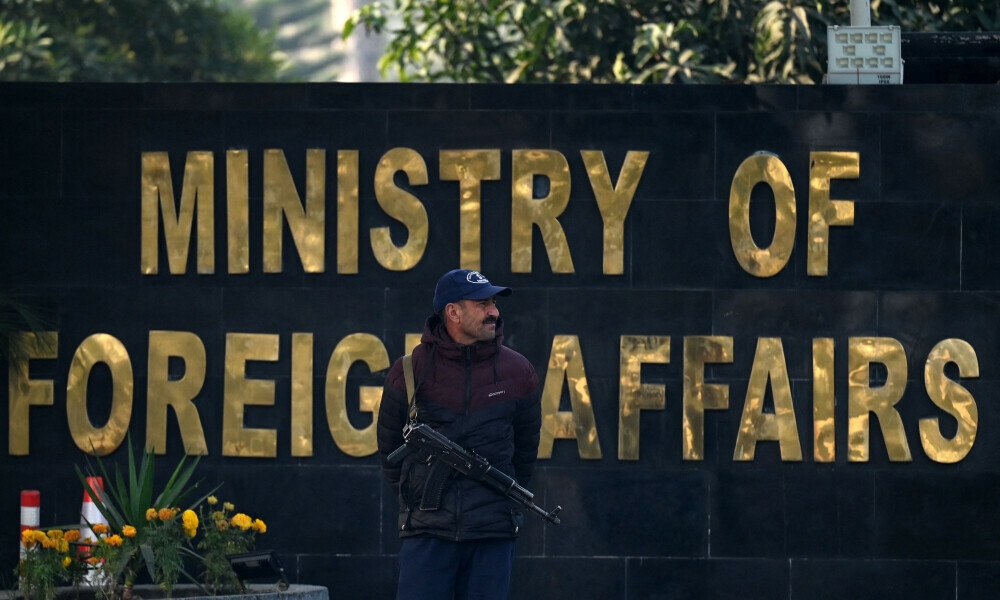A powerful magnitude 8.8 earthquake struck off Russia’s Far Eastern Kamchatka Peninsula on Wednesday, causing widespread damage, injuries, and triggering tsunami warnings across the Pacific Ocean. The tsunami, with waves reaching up to 4 metres (13 feet), led to urgent evacuations in Russia, Japan, Hawaii, and coastal regions throughout the Pacific Rim.
The quake occurred at a shallow depth of 19.3 kilometers (12 miles) and was centered 119 kilometers (74 miles) east-southeast of Petropavlovsk-Kamchatsky, a key city in the Kamchatka region. The U.S. Geological Survey (USGS), which initially recorded the magnitude as 8.0, later upgraded it to 8.8, classifying it as one of the strongest quakes to hit the region in decades.
Kamchatka Governor Vladimir Solodov described the quake as the strongest in decades, stating in a video on Telegram, “Today’s earthquake was serious and the strongest in decades of tremors.”
Injuries were reported across the region, although officials noted that most patients were in satisfactory condition. Oleg Melnikov, the regional health minister, told TASS news agency that several people sustained injuries while trying to flee buildings. One person jumped from a window, and another was hurt inside a newly constructed airport terminal.
Russia’s Ministry for Emergency Services confirmed that the port of Severo-Kurilsk and a fish processing plant were partially flooded by tsunami waters. Although a kindergarten was damaged, most infrastructure remained intact. Importantly, no fatalities had been reported as of the latest updates.
The earthquake triggered a series of tsunami waves across the Pacific, with water heights reaching up to 4 metres in parts of Kamchatka. Sergei Lebedev, the regional minister for emergency situations, urged all residents to immediately move inland and avoid coastal areas.
The U.S. Tsunami Warning System issued alerts for potential “hazardous tsunami waves” across large stretches of the Pacific. Waves of 1 to 3 meters were predicted in Japan, Hawaii, Chile, and the Solomon Islands, while smaller waves were expected along the U.S. West Coast, Alaska, and Ecuador.
Japan, still haunted by memories of the 2011 Tōhoku earthquake and tsunami, responded swiftly. Its weather agency upgraded tsunami warnings and predicted wave heights of up to 3 meters (10 feet). Sirens blared across towns on the Pacific coast, urging residents to seek higher ground.
Public broadcaster NHK aired footage showing crowds on the northern island of Hokkaido, where people sheltered under tents on rooftops, away from the threat of incoming waves. Fishing boats could be seen sailing out to sea in an effort to prevent damage while docked.
As a precaution, TEPCO, the operator of the Fukushima nuclear plant, evacuated workers from the site. However, Chief Cabinet Secretary Yoshimasa Hayashi confirmed there were no reported injuries or irregularities at any nuclear facilities across Japan.
In the United States, Hawaii activated emergency protocols and issued an evacuation order for low-lying coastal areas. “Take Action! Destructive tsunami waves expected,” the Honolulu Department of Emergency Management warned via X (formerly Twitter). Residents were urged to move to higher ground or to the fourth floor or higher of multi-story buildings.
Former President Donald Trump posted a warning on social media:
“Due to a massive earthquake that occurred in the Pacific Ocean, a Tsunami Warning is in effect for those living in Hawaii. A Tsunami Watch is in effect for Alaska and the Pacific Coast of the United States. Japan is also in the way. Please visit tsunami.gov for the latest information. STAY STRONG AND STAY SAFE!”
The Kamchatka Peninsula, along with the Russian Far East, lies in the Pacific Ring of Fire, one of the world’s most geologically active zones, where tectonic plates frequently collide, causing powerful earthquakes and volcanic eruptions.
The Russian Academy of Sciences confirmed this was the strongest quake in the region since 1952. However, according to Danila Chebrov, director of the Kamchatka Branch of the Geophysical Service, certain geological characteristics of the quake’s epicenter may have reduced its shaking intensity, limiting the destruction.
“Aftershocks are currently ongoing,” Chebrov said on Telegram. “Their intensity will remain fairly high. However, stronger tremors are not expected in the near future. The situation is under control.”
The massive Kamchatka earthquake and tsunami serve as another reminder of the region’s vulnerability to natural disasters. Despite the enormous force of the quake and subsequent tsunami, early evacuation efforts, rapid international warnings, and emergency response appear to have helped mitigate a larger catastrophe.
As the situation stabilizes and aftershocks continue, experts and officials are working to assess the full extent of damage while ensuring the safety of residents. Meanwhile, countries across the Pacific remain on tsunami alert, ready to act swiftly should additional waves pose a renewed threat.




